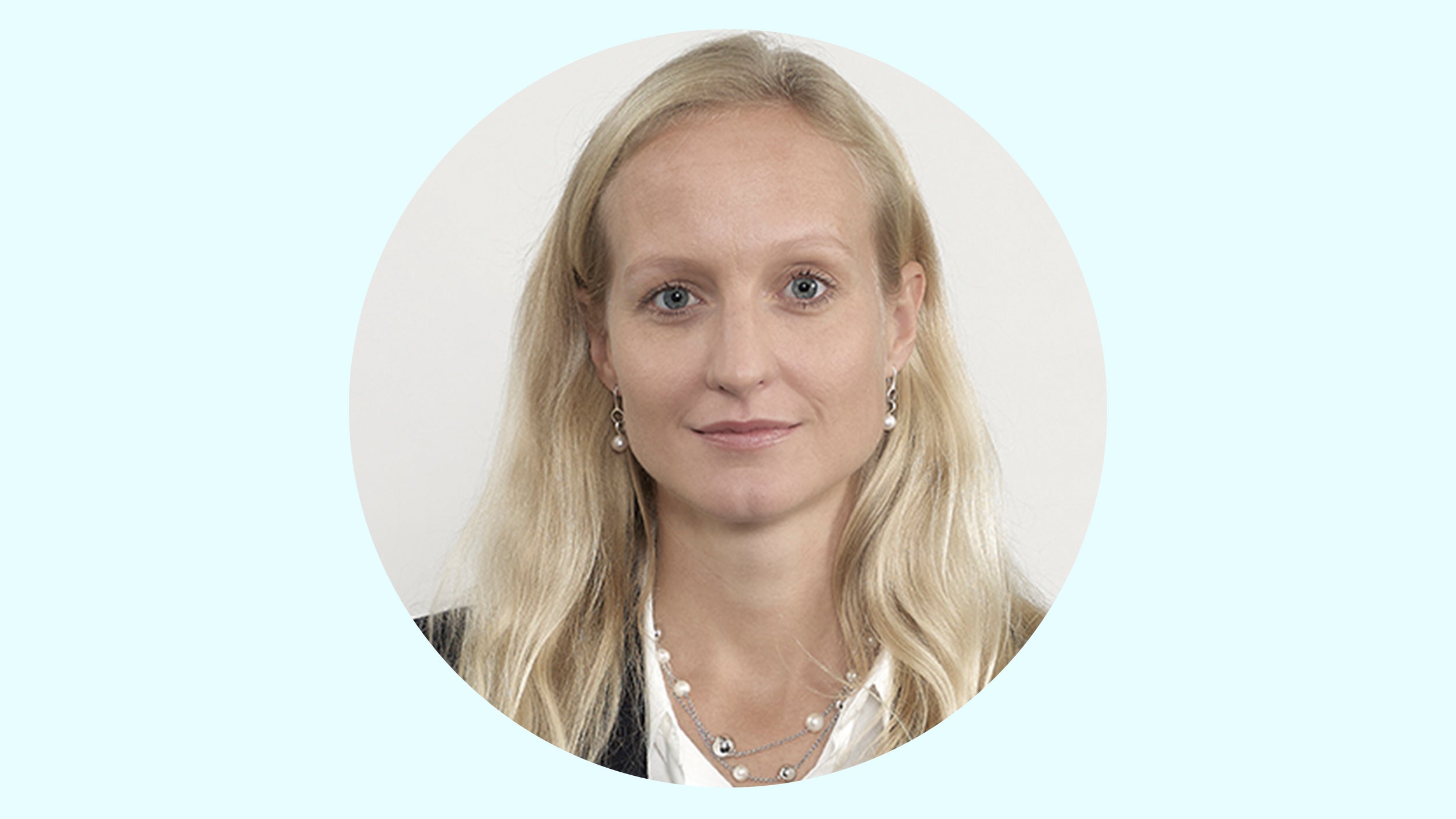This section was added on 28 March 2023
in response to market events
Foreword: Has the banking crisis changed the outlook for fixed income?
We first penned this fixed income outlook at the very end of 2022, after a year characterised by inflation, aggressive central bank hiking and geopolitical turmoil.
We are not in the business of crystal balls but, as we peered into 2023, it was clear that the outlook for the year to come would hinge on inflation. Specifically, had it peaked? And, if so, when would central banks start slowing, pausing and ultimately reversing rate hikes.
As we explain in further detail below, our base case was that inflation probably had peaked, and that a pause in central bank tightening in the first half of the year would help usher in an economic recovery.
We also considered an alternative scenario. This hinged on the possibility that inflation could prove stickier than anticipated – in which case central banks would continue hiking rates for longer, increasing the probability of a global recession.
We are now several months into 2023. And if investors had been hoping for a boring year to offset the drama of 2022, recent events will have left them disappointed.
The collapse of Silicon Valley Bank (SVB) in March reverberated across markets, with concerns emerging over the impact on the broader financial sector and global monetary policy. Across the Atlantic, Credit Suisse’s troubles mounted. The Swiss regulator and central bank moved quickly and brokered a deal for Credit Suisse to be acquired by UBS.
Some of the challenges in the banking sector underscore the policy tightrope that central banks face: they must think as much about financial stability as inflation. But what does all of this mean for our outlook? Are our scenarios outdated? Has our stance changed?
In short, not yet.
There is usually a significant policy lag between implementation and effect, which means that we won’t know whether central banks are overtightening or not tightening hard enough until much further down the line (usually in around 12-18 months).
Further tightening means the risk of an earlier and potentially deeper recession. But if central banks do not hike rates, inflation moderation going forwards may not be satisfactory enough. In turn, this would force the resumption of a more aggressive and/or lengthier tightening cycle. A prolonged tightening cycle would increase pressure on the banking sector and increase recession risks, prolonging the time before an economic recovery could start.
It is impossible to know the answer right away. And central bankers will make their assessments based on incoming data that reflects policy decisions from a while ago. They are like surgeons operating with a blindfold on.
So what does all of this mean for investors?
We believe that flexibility is key, which is why we provide a wide range of fixed income options for our clients, whether it’s in our Base Case or Alternative Case.
As our economic cycle analysis suggests we are now in a contraction regime, we’ve moved to a more defensive stance. But we still see opportunities for investors and remain overweight on investment grade debt and high yield.






